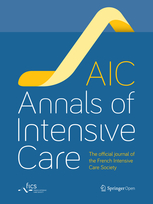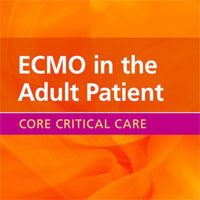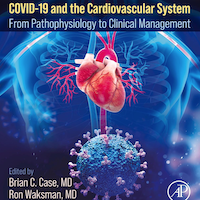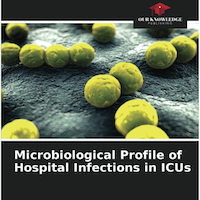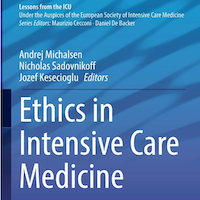Tag: study
One-Third of Hypertension Patients Noncompliant with Therapy
More than 30% of patients with hypertension do not adhere to their antihypertensive drug therapy, according to a new study.... read more

Could a Metabolic Switch Explain Inflammation in Lupus Patients?
Researchers discovered a new mechanism linking specific classes of immune cells and metabolism, a finding that may explain why patients with lupus are incapable of controlling the inflammatory responses that ultimately lead... read more

Cricoid Pressure at Lower Forces Does Not Increase Oxygen Consumption
A pilot study has found that patients randomly assigned to cricoid pressure or sham treatment showed no difference in time to lowest peripheral capillary oxygen saturation (SpO2) or lowest SpO2 during anesthesia induction... read more

Bariatric surgery may protect against heart failure
Bariatric surgery appears to reduce substantially the risk of heart failure.... read more

The impact of extracerebral organ failure on outcome of patients after cardiac arrest
In this multicenter cohort, extracerebral organ dysfunction was common in CA patients. Renal failure on admission was the only extracerebral organ dysfunction independently associated with higher ICU mortality.... read more
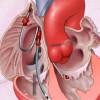
Simultaneous assessment of the synthesis rate and transcapillary escape rate of albumin in inflammation and surgery
Single measurements of the synthesis rate and/or transcapillary escape rate of albumin obviously cannot explain the plasma level of albumin or the changes seen in plasma albumin concentration.... read more

Potentially modifiable factors contributing to outcome from acute respiratory distress syndrome: the LUNG SAFE study
Higher PEEP, lower peak, plateau, and driving pressures, and lower respiratory rate are associated with improved survival from ARDS.... read more

Study: Integration of eICU Telemedicine Program Improves Patient Outcomes
New CHEST study reveals greater integration of eICU telemedicine teams with bedside care achieved shorter lengths of ICU and hospital stays.... read more

Physicians Say 2 Hours a Day Spent on Digital Records
Clinicians are spending nearly two hours working on electronic health records (EHRs) for every hour they spend with a patient.... read more

Sepsis-3 definitions predict ICU mortality in a low-middle-income country
The medical records of 957 patients were retrieved from a prospectively collected database. Serum lactate improved accuracy for values higher than 4 mmol/L in the no-dysfunction and septic shock groups.... read more
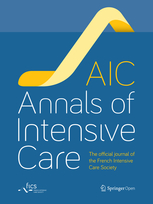
Tips Offered for Deep Propofol Sedation And Aspiration in Non-OR Settings
With exponential growth in the number of procedures being done under anesthesia, especially in the gastrointestinal suite, providers are wondering about the best way to provide safe, efficient and affordable care but also... read more

CT said to be 'effective gatekeeper' for coronary angiography
Study found the length of stay was shortened by 22.9 hours with CT, and patients preferred noninvasive testing.... read more
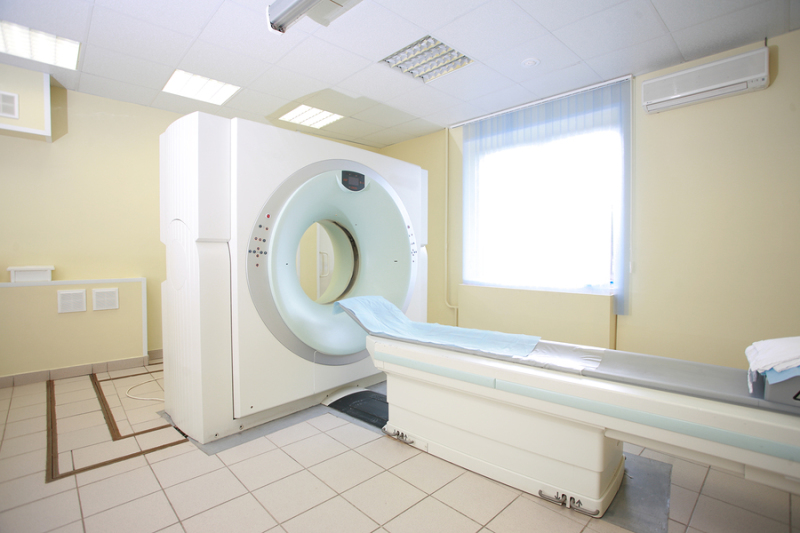
Beating the Dunning-Kruger Effect at Its Own Game
Dunning-Kruger effect occurs when individuals assume that their competency in a given area is significantly higher than it is.... read more

Carotid stenting tied to cardiovascular events in real-world study
Carotid stenting was associated with a 30% higher risk of cardiovascular events than that of carotid endarterectomy during 12 years of follow-up in a large real-world study.... read more

Cardiotoxicity from Ca Immune Tx; Worried Sick; Bee Sting Heart Damage
Worried sick? Anxiety about health was associated with increased likelihood of ischemic heart disease.... read more

Elevated Cardiac Troponin T Levels May Be Associated With Cerebral Microbleeds
In the future, hs-cTnT may be a possible risk marker upfront of treatment decisions, especially in patients combined with detected CMBs.... read more

Glyburide Promising for Treatment of Acute Ischemic Stroke
Although the study did not demonstrate efficacy of glyburide, differences were seen in the amount midline shift at 3-4 days. In the current study, 86 patients with large (82-300 cc) anterior circulation stroke were randomized... read more
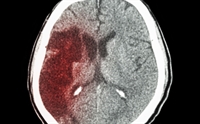
Impact of a high loading dose of amikacin in patients with severe sepsis or septic shock
With a loading dose of 30 mg/kg of amikacin, concentration was potentially suboptimal. The pharmacodynamic target (60 mg/L < C max < 80 mg/L) recommended by French guidelines was reached in 41.8% of patients and was... read more
